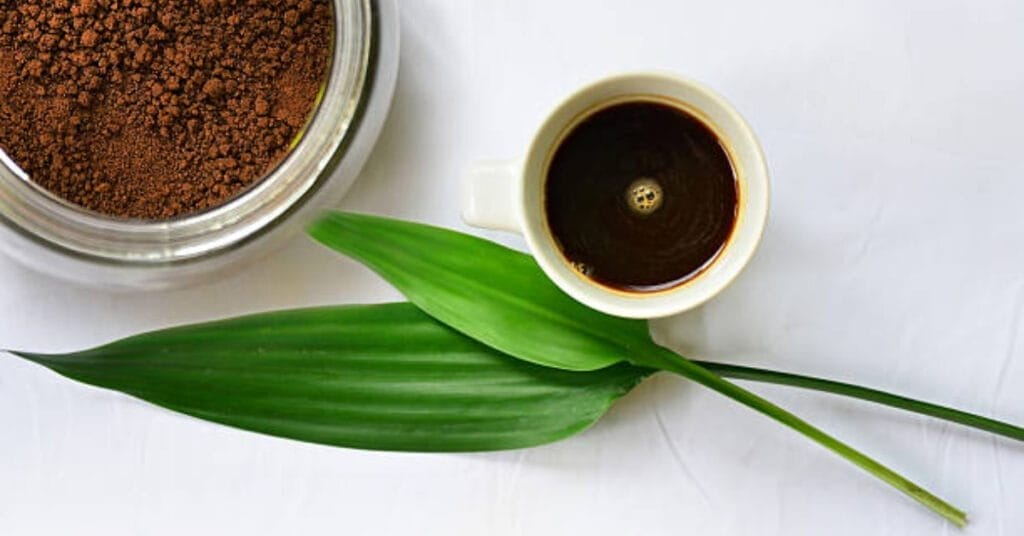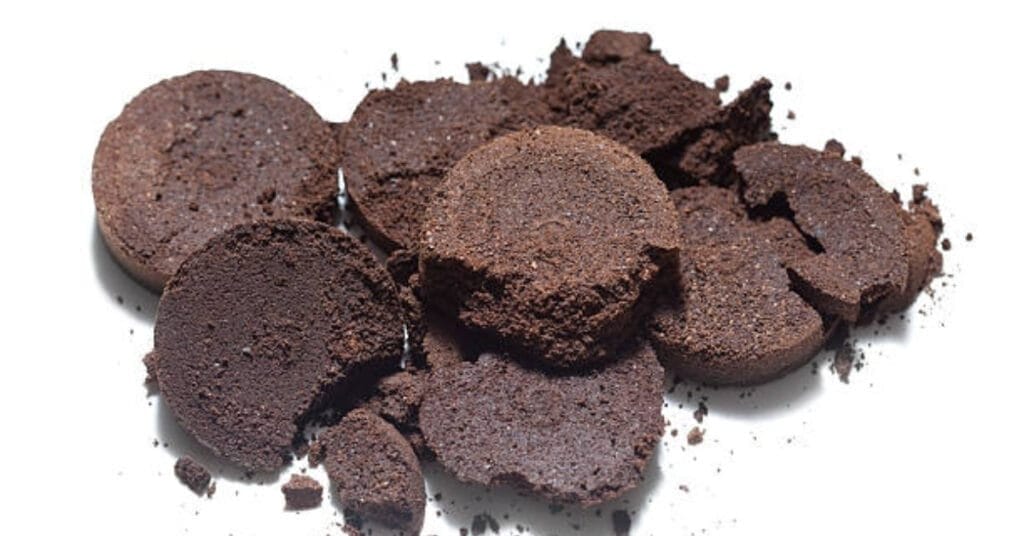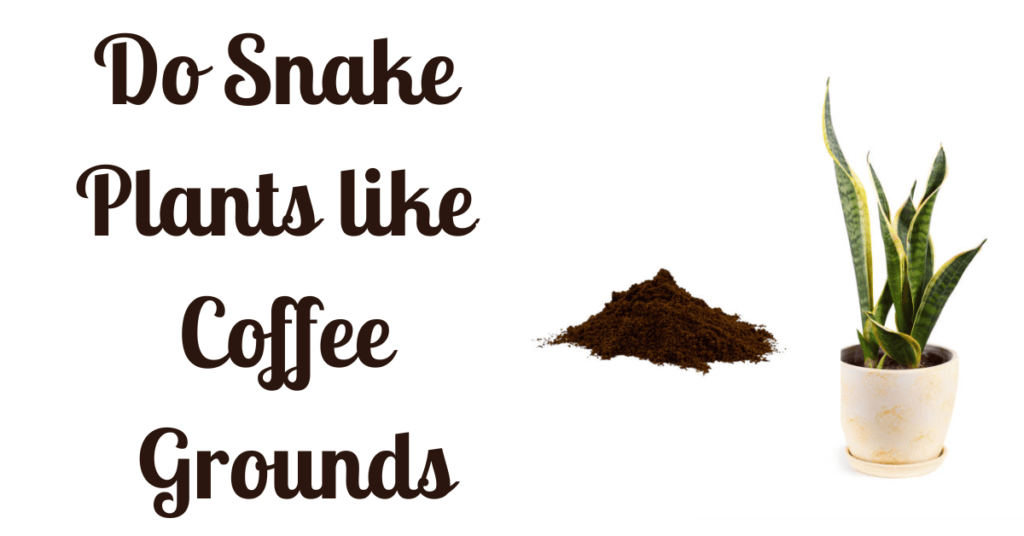Known for their sturdy nature and adaptability, spider plants, scientifically known as Chlorophytum, have become well-loved as favored indoor plants.
These coffee grounds enhance soil acidity, creating favorable conditions for the optimal growth of spider plants.
However, striking a balance is crucial, as excessive coffee grounds may alter the pH levels unfavorably.
As curious plant enthusiasts explore alternative methods to nourish their green companions, the question arises: do spider plants like coffee grounds?
Understanding the concept of spider plants, like coffee grounds or not, requires a delicate balance to ensure these hardy plants continue to thrive.
We will uncover homemade fertilizer for spider plants, ways to put coffee grounds in spider plants, the benefits of adding coffee grounds to your spider plants, ways to use coffee grounds with spider plants, the best fertilizers for spider plants, whether coffee grounds are reasonable for spider plants and why spider plants like coffee grounds.
Table of Contents
Do Spider Plants Like Coffee Grounds: Can I Put Coffee Grounds In My Spider Plant

Yes, you can put coffee grounds in your spider plant soil.
Coffee grounds are rich in nitrogen, a vital nutrient for supporting plant growth.
Nonetheless, it’s crucial to apply coffee grounds in moderation.
Too much coffee grounds can make the soil too acidic, and spider plants prefer slightly acidic to neutral soil.
Additionally, coffee grounds can compact over time, affecting soil drainage.
To avoid these issues, mix the coffee grounds with the existing soil or use them as a top dressing.
This way, you gradually release nutrients and improve the soil structure.
Remember that while coffee grounds can be beneficial, it’s essential to maintain a balanced approach to plant care by also providing proper watering, light, and occasional fertilization to keep your spider plant healthy.
Six Ways To Use Coffee Grounds With Spider Plants

Here are six ways to use coffee grounds with spider plants:
1: Composting
Recycling your kitchen waste takes a highly efficient turn with composting, especially when incorporating used coffee grounds.
This thoughtful addition contributes to an efficient breakdown of organic matter and results in compost rich in nitrogen and essential micronutrients.
The nutrient-dense compost can be a superb alternative to store-bought fertilizers, offering your spider plant a natural and nourishing growing medium.
2: Coffee-Tea
Surprisingly, coffee grounds can be transformed into a tea-like concoction, providing a unique way to benefit your spider plants.
You can create a nutrient-rich composting tea with just 2 cups of coffee grounds and a 5-gallon bucket.
Allow the grounds to soak in the water overnight, creating a diluted yet effective mixture.
After straining, this coffee tea solution becomes a natural liquid fertilizer substitute, offering a gentle and accessible way to deliver essential nutrients directly to your spider plant’s roots.
3: Sprinkling
A strategic method for plants prone to pest attacks involves carefully applying dried and ground coffee grounds.
After allowing the used coffee grounds to sun-dry for a day or two, you may grind them into a powder for even distribution.
Gently lifting sections of your spider plant, sprinkle a delicate ring of powdered coffee grounds around the outer edge of the soil.
This technique, particularly effective with powdered grounds, provides a natural pest deterrent while ensuring your spider plant benefits from the enriching properties of coffee grounds.
4: Liquid Fertilizer
This process yields a nutrient-rich solution that can be employed as a spray or directly incorporated into the watering routine for your spider plant.
This method offers a convenient means of delivering essential nutrients, promoting robust growth and vitality.
5: Compost
The resulting compost becomes a potent fertilizer that can be seamlessly integrated into the soil of your spider plant.
This method nourishes the plant and attracts a diversity of beneficial microorganisms, fostering a thriving environment for optimal growth.
6: Directly Into Soil
Mixing the grounds into the soil is crucial to prevent the formation of a hydrophobic layer that could repel water and lead to soil dehydration.
When executed mindfully, this method ensures that the nutrient-rich properties of coffee grounds seamlessly integrate into the soil, contributing to the overall health and well-being of your spider plant.
What Is The Best Fertilizer For Spider Plants?
Spider plants generally thrive with a balanced, water-soluble fertilizer with a balanced ratio, such as a 10-10-10 or 20-20-20 formula.
Fertilize once a month during the growing season (spring and summer) and reduce frequency during the dormant phase (fall and winter).
Additionally, using a diluted liquid fertilizer can prevent over-fertilization, promoting healthy growth without harming the plant.
Always follow the specific product instructions and consider incorporating organic fertilizers or compost for a well-rounded nutrient profile.
Signs Your Spider Plant Needs Fertilizer
While your spider plant requires minimal fertilizer for growth, it is beneficial to consider fertilization if you observe a slowdown in its growth.
If you need more fertilizer, you can use test strips to assess the nutrient levels in the plant’s soil.
Wilting, drooping, or discolouration in your spider plant can indicate potential nutrient deficiencies or other issues.
To address these visible problems, pruning your spider plant can be a helpful measure.
If you notice slow growth, pale leaves, or a smaller overall size, these could be indicators of nutrient deficiency.
Similarly, faded leaf color, browning of the leaf tips, and reduced offshoots are additional signals that the plant might benefit from added nutrients.
Monitoring your spider plant’s growth and appearance regularly allows you to identify these signs early on, enabling you to provide the necessary fertilization to promote its well-being.
Make Your Own Spider Plant Fertilizer
Create your fertilizer for Spider Plants by crafting a well-balanced mix of nitrogen, phosphorus, and potassium ingredients.
Consider incorporating nitrogen sources such as blood or soybean meal, phosphorus-rich options like soft rock phosphate or bone meal, and potassium providers like alfalfa meal or compost derived from food byproducts such as banana peels.
However, exercise caution when experimenting with new fertilizer recipes, as Spider Plants are sensitive to fertilizers.
Opt for a gentle approach when nourishing this species.
Are Coffee Grounds Good for Spider Plants?

Indeed, they play a crucial role in fostering the robust growth of spider plants due to their richness in nitrogen and essential micronutrients.
Optimal utilization involves incorporating coffee grounds into compost, creating a nutrient-dense environment that attracts beneficial microorganisms and earthworms, enhancing the overall health of the plants.
These microorganisms actively contribute to the breakdown of organic matter, releasing valuable nutrients vital for plant growth.
Moreover, adding coffee grounds elevates the nitrogen levels in the compost mix, simultaneously creating a slightly acidic environment—a favorable condition for spider plants.
However, moderation is key.
It’s advisable to add only a handful of compost to your spider plant in each feeding session.
Striking the right balance ensures that coffee grounds contribute positively to the well-being of your spider plant without compromising its overall health.
How Often Should I Fertilize My Spider Plant?

Determining the ideal frequency for fertilizing your spider plant depends on its size, soil type, and overall health.
A moderate application of coffee grounds every 2-3 months is a suitable starting point.
Regularly observe your spider plant for signs of slow growth, yellowing leaves, or lethargy, adjusting the frequency accordingly.
Consider the growing season, applying coffee grounds more often in spring and summer when the plant actively uses nutrients and reducing frequency during the dormant fall and winter months.
Mind the soil moisture levels, aiming for slightly moist soil during application.
Always observe your plant’s response, scaling back if adverse effects occur or increasing if it appears vibrant.
Moderation is vital to avoiding soil imbalances and ensuring optimal growth for your spider plant.
Are Coffee Grounds Too Acidic For Spider Plants?
The acidity of coffee grounds is a common concern among plant enthusiasts, particularly when considering their impact on spider plants.
While coffee grounds are slightly acidic, they typically do not pose a significant threat to the well-being of spider plants when used in moderation.
Spider plants are known for their adaptability to various soil conditions, including slightly acidic to neutral pH levels.
When incorporating coffee grounds into the soil, it’s essential to strike a balance and avoid excessive use.
While the acidity of coffee grounds can be beneficial for acid-loving plants, too much acidity may lead to imbalances in the soil pH, potentially affecting nutrient uptake by the spider plant.
To mitigate potential issues, consider mixing coffee grounds with other organic matter and monitoring the pH levels periodically to ensure they remain within the suitable range for spider plants.
Overall, with careful application, coffee grounds can be a valuable and beneficial addition to the care routine of spider plants.
Arguments Against Using Coffee Grounds On Spider Plants
Before incorporating coffee grounds into your spider plant care routine, delving into the potential drawbacks is imperative.
Small Overall Amount Of Nutrients
While the nitrogen content in coffee grounds holds significance, it falls short in providing a comprehensive array of essential nutrients crucial for the thriving growth of spider plants.
An ideal fertilizer for spider plants in balanced proportions encompasses nitrogen, phosphorus, and potassium (NPK).
Relying solely on coffee grounds may lead to neglect of these other vital nutrients, potentially resulting in nutrient imbalances that can impact the plant’s long-term health and development.
Root Rot
Using coffee grounds as a liquid fertilizer introduces the risk of overwatering, particularly if regular water intake needs to be adjusted accordingly.
This overwatering dilemma can escalate to the severe issue of root rot, posing a potential threat to the survival of your spider plant if not promptly addressed.
Striking the right balance in watering practices is crucial to prevent this detrimental consequence and ensure the optimal health of the plant’s root system.
Pests
Liquid coffee ground fertilizer may inadvertently attract pests, reminiscent of misting houseplants.
The excess moisture the liquid fertiliser creates can become a breeding ground for pests such as spider mites and aphids.
To mitigate this risk, it is advisable to use liquid fertilizer solely for watering and not for misting.
Regularly monitoring the soil moisture levels and ensuring proper ventilation can further safeguard against overwatering and potential pest infestations, preserving the well-being of your spider plant.
Arguments For Using Coffee Grounds On Spider Plants
Unveiling the rationale behind the widespread use of coffee grounds for houseplants reveals many compelling benefits that contribute to their popularity.
Nitrogen (And Other Nutrients)
At the core of the coffee ground allure lies its nutrient composition.
With approximately 2% nitrogen by volume, alongside trace amounts of essential nutrients like calcium, potassium, and magnesium, coffee grounds emerge as a powerhouse for promoting the well-being of spider plants.
Nitrogen, a key player in leaf growth, not only enhances the business of spider plants but also stimulates the development of new leaves, fostering a lush and vibrant appearance.
Add To Compost To Boost Potting Soil Mix
A strategic incorporation of coffee grounds into the composting process proves highly advantageous.
The nitrogen content in coffee grounds significantly contributes to the composting process, enhancing its efficiency.
Once the compost reaches maturity, integrating it into the soil mix of your spider plant becomes a powerful method of delivering essential nutrients.
Maintaining a balance, with coffee grounds comprising 10-25% of the total mix, ensures an optimal blend with other ingredients like peat moss and perlite, promoting improved drainage and nutrient profiles for the plant.
Less Waste
Beyond the plant-centric benefits, using coffee grounds presents an eco-conscious approach.
Considering the potential methane emission during decomposition, particularly for those who consume copious amounts of coffee, this method nurtures your spider plant and aligns with a broader commitment to environmental responsibility.
Hazards to keep in Mind while Using Coffee Grounds in Spider Plants
While using coffee grounds in spider plants can offer benefits, it’s crucial to be aware of potential hazards to ensure the well-being of your plants:
Fungal diseases
When consistently moist, coffee grounds can create an environment conducive to fungal growth.
Excessive moisture around the base of the spider plant, especially in poorly draining soil, may lead to fungal diseases such as root rot.
To prevent this, ensure proper drainage, allow the soil to dry between watering, and use coffee grounds in moderation.
Attract pests
The organic matter in coffee grounds and their moisture-retaining properties can attract pests such as ants and other insects.
To minimize this risk, avoid applying coffee grounds in excessive quantities and monitor your plants regularly for any signs of pest activity.
Proper ventilation and good hygiene practices can help deter unwanted visitors.
Can inhibit growth of plants
While coffee grounds provide nitrogen, they can inhibit plant growth if used excessively.
The acidity of coffee grounds may alter the pH of the soil, affecting nutrient availability.
This imbalance can lead to stunted growth and nutrient deficiencies.
To prevent this, use coffee grounds in moderation and consider incorporating other fertilizers or organic matter to maintain a balanced nutrient profile.
By being mindful of these hazards and adopting proper care practices, you can harness the benefits of coffee grounds while minimizing potential risks to your spider plants.
Regular observation, proper watering practices, and a balanced approach to fertilizer application contribute to your plants’ overall health and vitality.
Do Spider Plants Like Coffee Grounds: FAQS
Can You put Coffee Grounds in Potted Plants?
Yes, coffee grounds can serve as effective potted plant fertilizer, providing slow-release nitrogen and additional benefits beyond their nutrient content.
How do You Make a Spider Plant Happy?
Meet spider plants’ preferences easily: bright to moderate light, consistent moisture with weekly watering in spring and summer, and a bit drier in winter.
How do I Make My Spider Plant Bushier?
Enhance your spider plant’s business by gently loosening its roots, then transplanting it into a larger pot with fresh indoor potting soil—this encourages new growth and restores its bushy appearance.
What do Spider Plants Love?
Meet spider plants’ preferences easily: bright to moderate light, consistent moisture with weekly watering in spring/summer, and a bit drier in winter.
Bottom Line
In conclusion, the relationship between spider plants and coffee grounds unveils a promise when approached with moderation.
These resilient plants can benefit from the nitrogen-rich content of coffee grounds, enhancing their overall health.
However, maintaining a careful balance is essential to prevent adverse effects on soil pH.
As plant enthusiasts seek innovative methods to nurture their green companions, the judicious use of coffee grounds emerges as a viable option for spider plant care.
By understanding and respecting the delicate equilibrium, one can harness the potential benefits, ensuring spider plants flourish in their coffee-infused environment.







